Introduction and implementation of Korean e-Navigation
Introduction and implementation of Korean e-Navigation
Carrying out maritime digitalization policies by introducing and implementing e-Navigation services
Preventing human error in collision/grounding-related maritime accidents; promoting efficiency of ships, ports, and maritime logistics; establishing the maritime digital service infrastructure; and establishing and operating the infrastructure for the 4th Industrial Revolution technologies in the maritime sector
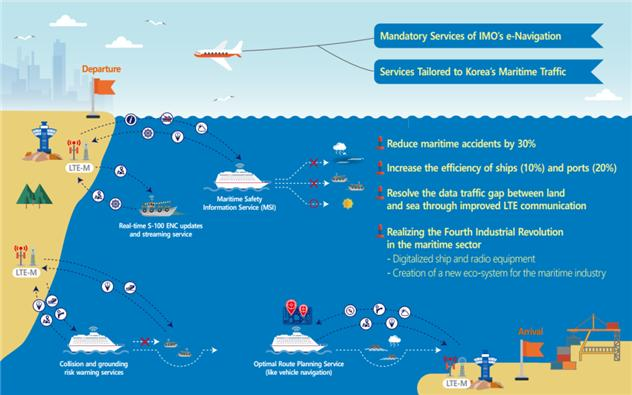
1. (Implementing e-Navigation service) Since January 30, 2021, 29 services in four categories, including automatic updates of electronic charts and collision/grounding prevention service, have been provided to all ships* operating within 100km of the coast.
- * (Ships of 3 tons or more) Using e-Navigation devices and LTE-M communication networks up to 100km from the coast (Ships of less than 3 tons) Using services with mobile apps and commercial communication networks within 30km of the coast
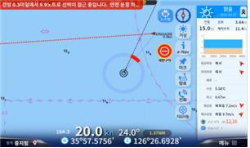
Automatic prediction and
warning service for collision and stranding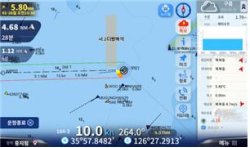
Optimal route guidance service
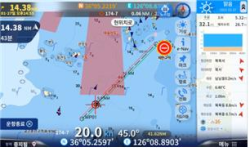
Electronic chart automatic service
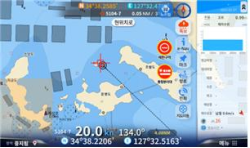
Maritime safety and weather information service
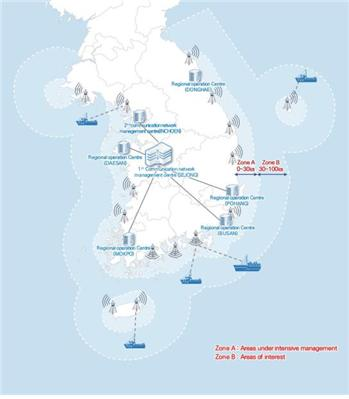
2. (Establishing and operating e-Navigation infrastructure) One main center, six local centers and two LTE-M communication centers across the Korean Peninsula are operating to provide 24/7 seamless e-Navigation services.
- (e-Navigation Center/district) The main center collects and processes maritime safety information to provide services, and the local centers monitor the performance of services in each region.
- (High-speed maritime wireless communication network) Korea operates two operation centers (main and backup) and provides LTE-M communication services up to 100km from the coast through 263 base stations and 621 transceivers across the country.
3. (Enactment and enforcement of e-Navigation law) “Act on Providing and Promoting Use of Intelligent Maritime Traffic Information Service” was enacted on 29 January 2020 and enforced on 30 October 2021
